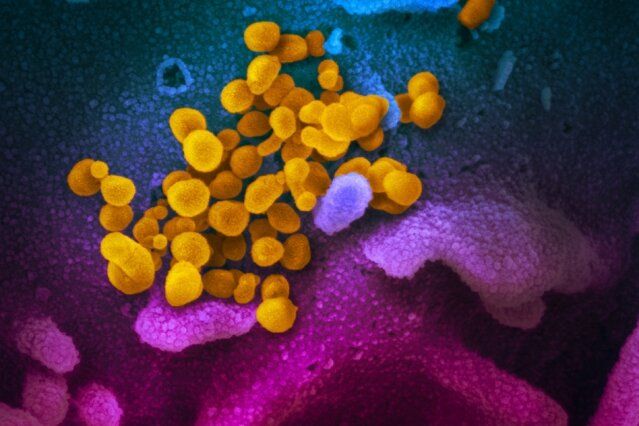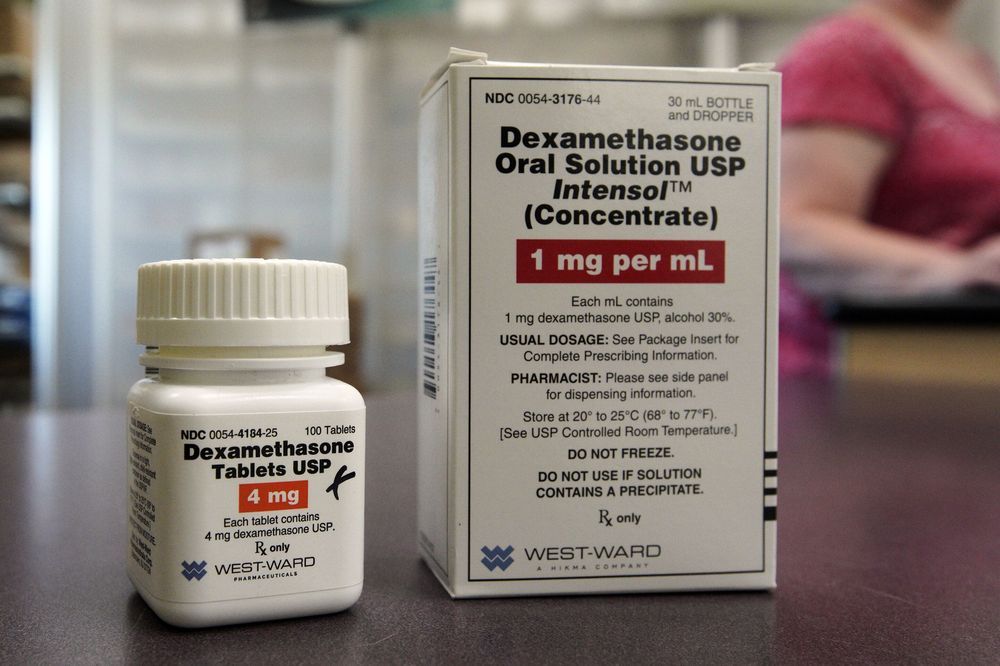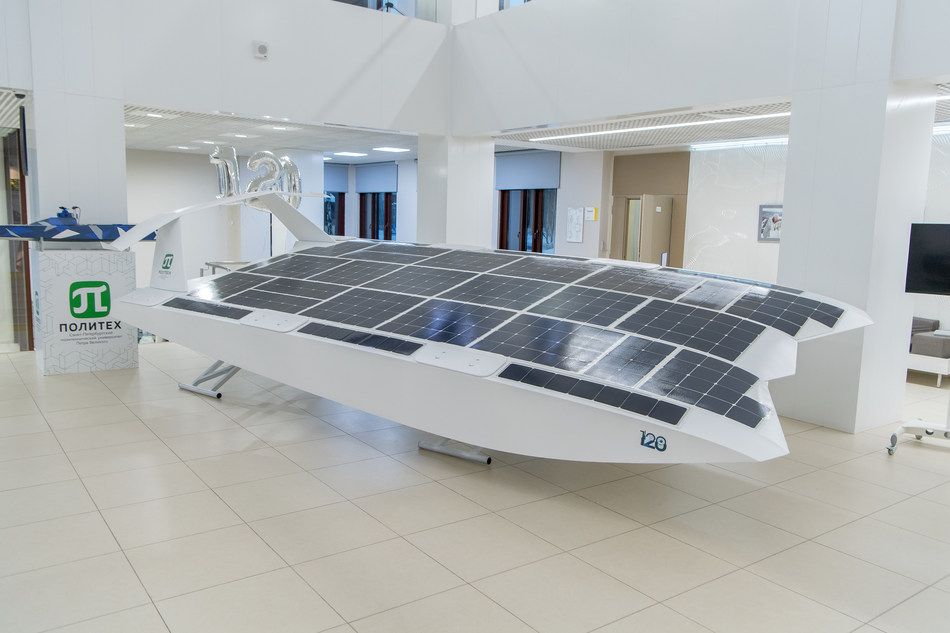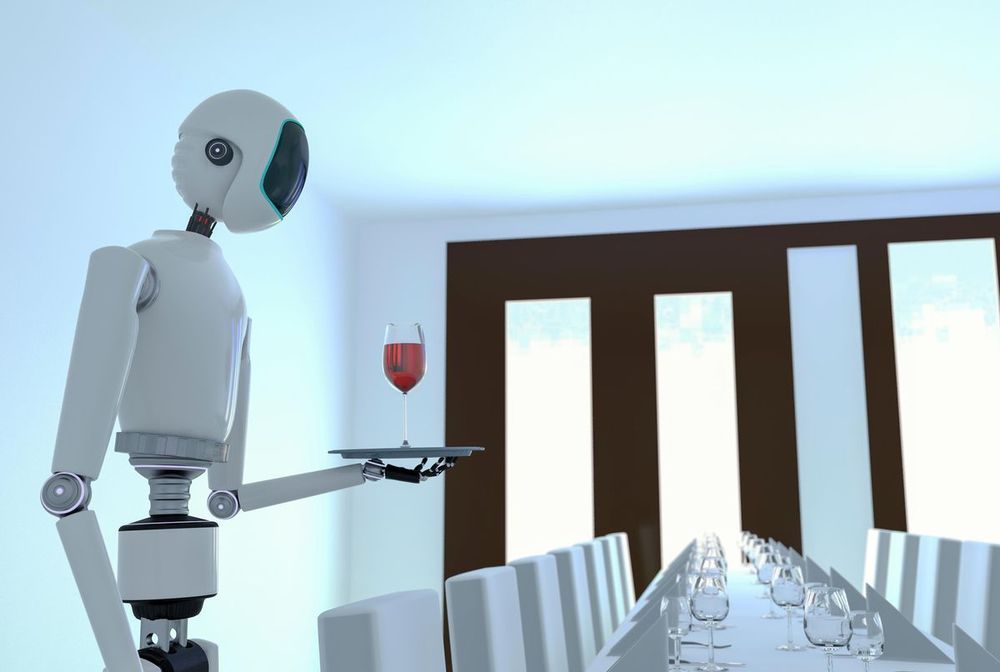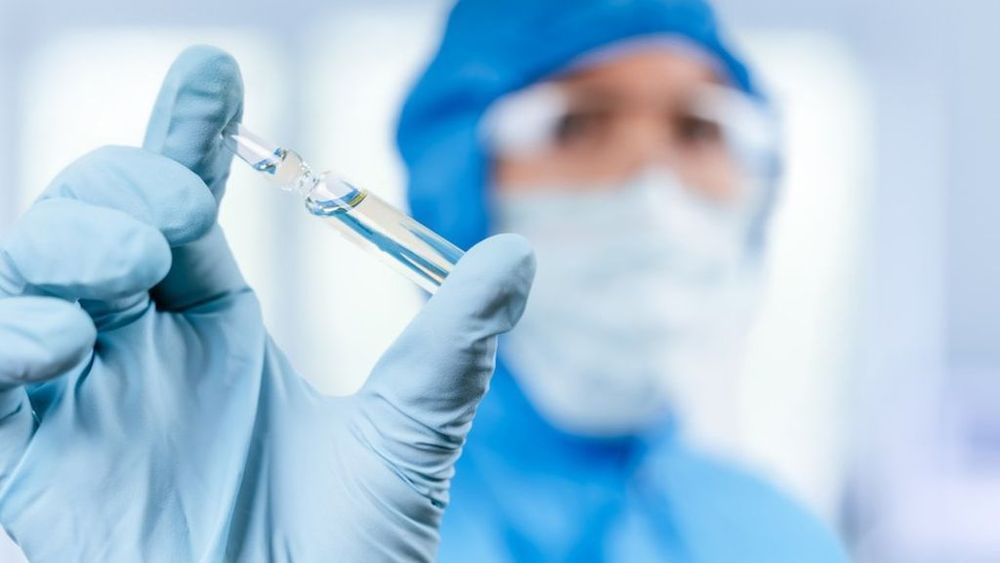If only we had working longevity/aging reversal science now.
People under the age of 20 are half as likely to contract COVID-19 than the rest of the population, according to new modeling released on Tuesday that suggests four out of five infected young people show no symptoms.
The research, published in the Nature Medicine Journal, could help inform the next moves of governments under pressure to reopen schools and colleges shuttered since the start of the pandemic.
Experts from the London School of Hygiene and Tropical Medicine developed age-based COVID-19 transmission models based on data from six countries—China, Italy, Japan, Singapore, Canada and South Korea.
